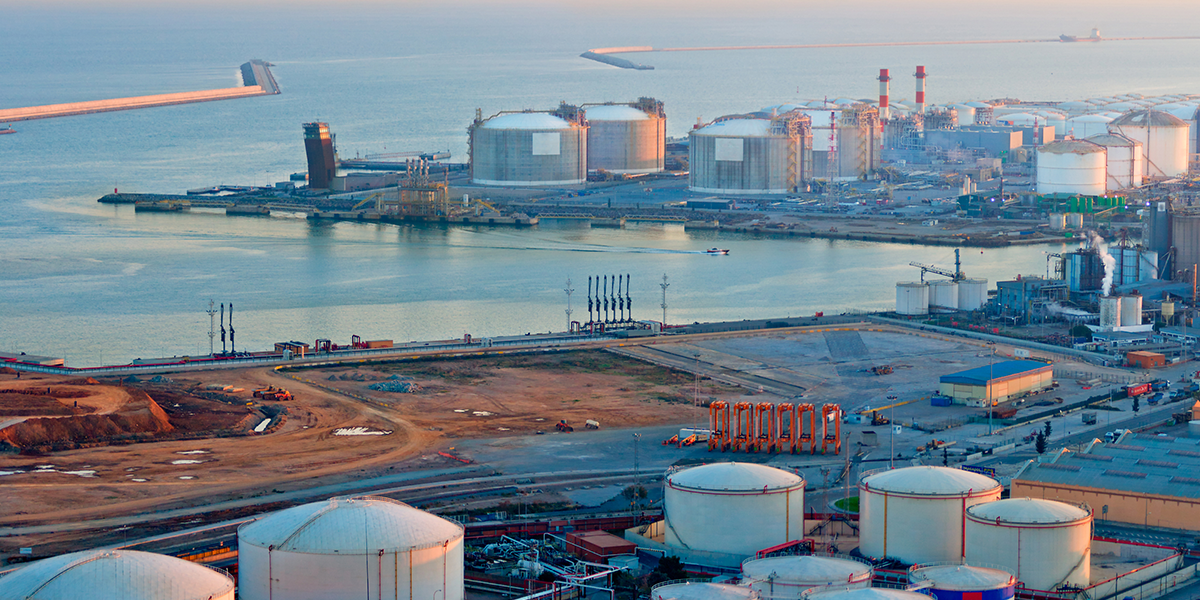Katie Woodward, of LNG Industry, has analysed the latest weekly release on gas by the U.S. Energy Information Administration (EIA), discovering a sudden increase in LNG imports in north-west Europe.
LNG shipped to northwest Europe's regasification terminals in the UK, Belgium, and the Netherlands more than doubled in 1Q15, compared with the same period in 2014.
This was largely due to the fact that reduced demand and decreasing spot prices in Asian markets made more LNG available to spot markets in the Atlantic. LNG shipments to the UK and Belgium averaged 2.0 billion ft
3/d in January and February 2015, a 122% increase over the same period last year.
Asia
In Asia, mild weather, high LNG stocks, and weak demand in the power sector contributed to lower demand for spot LNG cargoes in the region. In the three largest Asian markets (Japan, South Korea, China) LNG imports declined by 6% (1.3 billion ft
3/d) in 1Q15 compared with 1Q14.
South Korea experienced the largest y/y decline (1.36 billion ft
3/d) in the first quarter. Chinese LNG imports decreased 0.25 billion ft
3/d in the first three months of 2015 from a year earlier. In contrast, Japan increased its LNG imports by 0.31 billion ft
3/d.
Regasification capacity
While northwest European imports of LNG doubled in the first quarter, sendout from regasification terminals increased even more. Total LNG regasification sendout in northwest Europe averaged 1.7 billion ft
3/d in 1Q15, higher than the average sendout of 0.5 billion ft
3/d in the same period last year, according to data from National Grid, Fluxys, and GTS.
One of the warmest winters on record in Europe for 2013-14 resulted in low natural gas demand and high storage stocks. However, even with the increased sendout in 2015, total regasification sendout was lower than the 7.1 billion ft
3/d combined regasification capacity of the three countries, implying a 24% utilisation rate.
Spot prices
Despite a colder winter in 2014-15 and relatively low storage levels at the end of the heating season, both in the UK and the Continent, spot prices at the benchmark National Balancing Point (NBP) remained low in 1Q15, averaging US$7.28/million Btu, 27% lower than in the same period of last year. While the NBP price briefly spiked in February to US$7.75/million Btu, it declined again in March and remained around US$7/million Btu in April. The price decline was driven in part by gas-on-gas competition with pipeline imports to Continental Europe.
With spot LNG prices in Asian markets declining below NBP prices, it was more advantageous for sellers to send spot cargos to northwest Europe. Japan spot prices in March (US$7.60/million Btu) were the lowest since the summer of 2009, and converged with NBP prices for the first time since 2010. This is primarily a result of lower Asian demand, additional Pacific Basin LNG supply, and decreasing oil-linked contract LNG prices due to the fall in the price of oil.

 IT
IT  en
en

